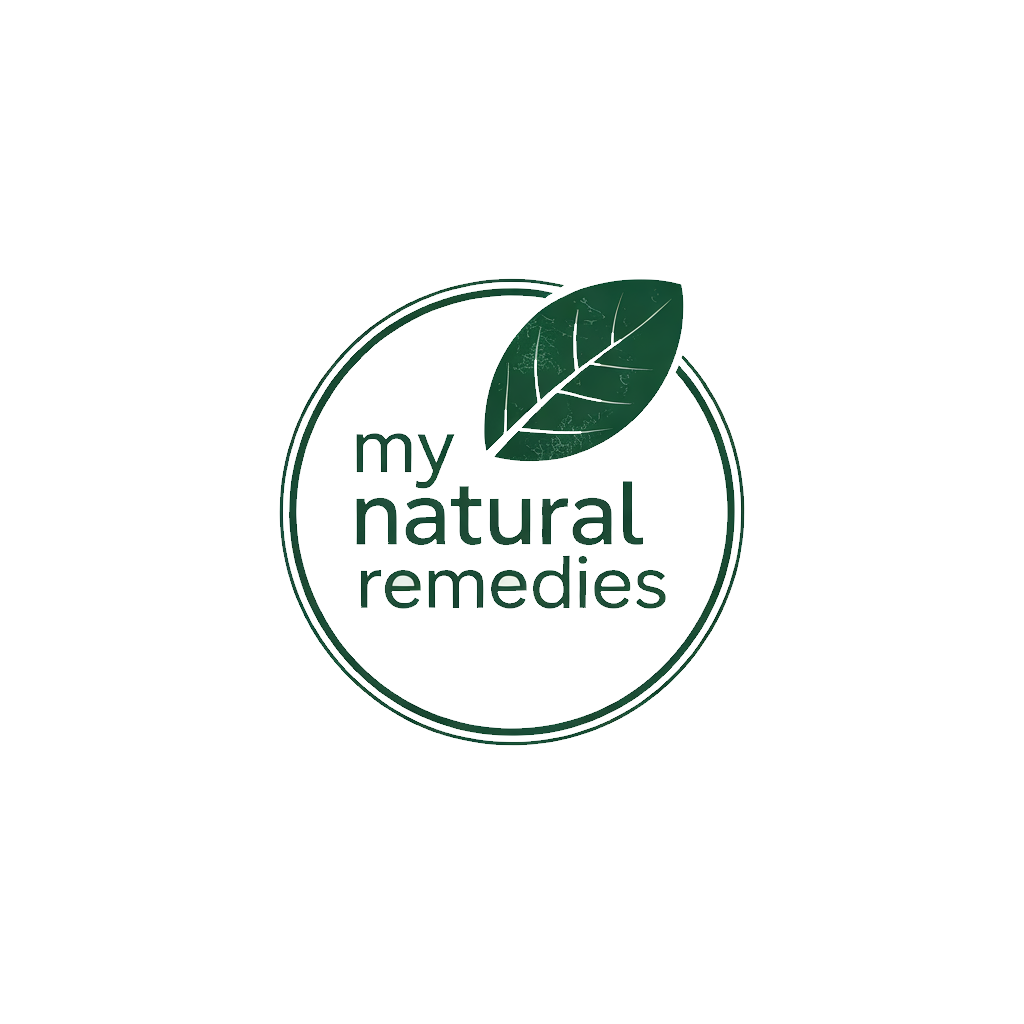Why Coconut Oil Is a Game-Changer for Sunburns
You’ll find coconut oil is a powerful natural remedy for sunburned skin thanks to its unique molecular structure that penetrates deep into damaged tissue. Its medium-chain fatty acids rebuild cell membranes while lauric acid fights inflammation and infection. The oil’s high vitamin E content neutralizes harmful free radicals and strengthens your skin’s protective barrier. When applied correctly, this versatile oil can dramatically speed up your skin’s healing process and prevent peeling.
The Science Behind Coconut Oil’s Healing Properties
Although many natural remedies exist for sunburn relief, coconut oil stands out due to its unique molecular composition. When you apply coconut oil to your skin, its medium-chain fatty acids penetrate deeply into damaged tissue, providing intense moisturization and promoting cellular repair.
What makes coconut oil particularly effective for sunburns is its high concentration of lauric acid, which has natural anti-inflammatory and antimicrobial properties. These qualities help reduce redness, swelling, and the risk of infection in sun-damaged skin.
Among the many coconut oil uses, its antioxidant properties are especially valuable, as they combat free radicals caused by UV exposure. Additionally, coconut oil’s antiseptic properties make it an excellent choice for enhancing skin defenses against infections.
You’ll find that coconut oil’s healing power also comes from its vitamin E content, which helps rebuild your skin’s protective barrier. The oil creates a breathable film that locks in moisture while allowing your skin to recover naturally, making it an essential addition to your after-sun care routine.
How Coconut Oil Repairs Sun-Damaged Skin
When sun damage occurs, coconut oil works through multiple repair mechanisms to restore your skin’s health. Its medium-chain fatty acids penetrate deep into your skin’s layers, where they help rebuild damaged cell membranes and reduce inflammation.
The oil’s high concentration of vitamin E targets free radicals caused by UV exposure, preventing further cellular breakdown.
You’ll find that coconut oil’s lauric acid content specifically helps your skin repair itself by boosting collagen production. This natural process strengthens your skin’s structure while reducing the appearance of sun-induced fine lines.
The oil’s moisturizing properties also help rehydrate damaged skin cells, making your sunburned areas feel less tight and painful.
As your skin absorbs the oil’s nutrients, you’ll notice reduced redness and peeling. The antimicrobial properties protect your vulnerable sun-damaged skin from potential infections while supporting your body’s natural healing process. Additionally, using coconut oil can complement other natural ingredients like aloe vera to enhance the overall soothing effect on sunburned skin.
Best Methods to Apply Coconut Oil on Sunburns
Three key steps ensure proper coconut oil application for sunburn relief. First, wait until your skin has cooled completely – usually 24 hours after sun exposure.
Then, gently cleanse the affected area with cool water and pat dry. Finally, apply a thin layer of organic, unrefined coconut oil using light, careful strokes.
For the best healing results, follow these essential application tips:
- Always use room-temperature oil, as melted oil can irritate sensitive skin
- Apply the oil 3-4 times daily, especially after showering
- Dab the oil gently – don’t rub or massage it into burned areas
- Let each application absorb for at least 30 minutes before covering with clothing
- Store your coconut oil in a cool, dark place to maintain its healing properties
You’ll notice reduced redness and pain within hours of proper application, while the skin’s natural healing process accelerates through coconut oil’s antimicrobial and moisturizing effects. Additionally, hydration with coconut water can enhance skin recovery and further alleviate discomfort from sunburn.
Natural Compounds That Make Coconut Oil Effective
Several powerful compounds in coconut oil work together to heal and soothe sunburned skin. The oil’s rich concentration of lauric acid, a medium-chain fatty acid, helps reduce inflammation and provides antimicrobial protection to your damaged skin.
You’ll also benefit from the high levels of vitamin E, which acts as an antioxidant to repair free radical damage caused by UV exposure.
When you apply coconut oil to your sunburn, you’re tapping into the healing properties of capric acid and caprylic acid. These compounds create a protective barrier on your skin while promoting faster healing.
The oil’s natural polyphenols and ferulic acid work to calm redness and irritation. You’ll also find coconut oil contains vitamin K and iron, which support skin repair at the cellular level.
Additionally, incorporating coconut oil into your skincare routine can help reduce inflammation and improve the healing process for sunburns. Together, these compounds make coconut oil an effective natural remedy that many sunburn sufferers have come to trust.
When and How Often to Use Coconut Oil for Sunburn Relief
For optimal healing benefits, you’ll want to start applying coconut oil once your sunburn has cooled and no longer feels hot to the touch. This typically happens within 24-48 hours after sun exposure.
Apply the oil gently with clean hands, using light, circular motions.
Like many in our natural healing community, you’ll find that frequent application works best. Reapply the coconut oil whenever your skin feels dry or tight.
Here’s what you need to know about timing:
- Apply 3-4 times daily during the first two days
- Use after showering while skin is still slightly damp
- Reapply before bedtime to maximize overnight healing
- Listen to your skin – if it feels dry, apply more
- Continue use until peeling subsides, usually 4-7 days
Frequently Asked Questions
Can Coconut Oil Prevent Skin Peeling After a Severe Sunburn?
While coconut oil won’t prevent peeling from severe sunburns, you’ll find it helps moisturize your damaged skin, making the peeling process less noticeable and keeping your skin hydrated as it heals.
Is It Safe to Use Coconut Oil on Sunburned Facial Skin?
You’ll want to be cautious using coconut oil on sunburned facial skin. While it’s generally safe, your face’s delicate skin might be extra sensitive, so test a small area first.
Should Coconut Oil Be Mixed With Aloe Vera for Better Results?
You’ll get amazing relief by combining coconut oil with aloe vera. Their complementary healing properties work together – the oil’s moisturizing benefits and aloe’s cooling effects make a perfect sunburn treatment.
Does the Type of Coconut Oil (Refined vs. Unrefined) Matter for Sunburns?
You’ll want to use unrefined (virgin) coconut oil since it retains more healing properties and natural antioxidants. The refined version works too, but you won’t get the same soothing benefits.
Can Coconut Oil Help Reduce Sunburn-Related Freckling and Discoloration?
You’ll find coconut oil can help fade sun-related spots and discoloration thanks to its natural lightening properties and antioxidants, but you’ll get the best results when using it consistently.





